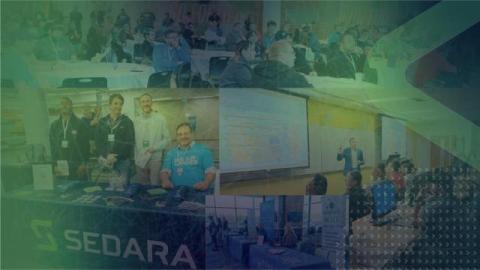Creating Visibility In Your Digital Environment with Attack Surface Management (ASM)
In today’s IT environments, creating visibility in your digital environment with Attack Surface Management (ASM) is crucial for maintaining robust cybersecurity. ASM provides essential insights and tools to identify and protect your organization. This blog addresses several key questions that ASM helps answer, bolstering your resilience against cyber threats.











